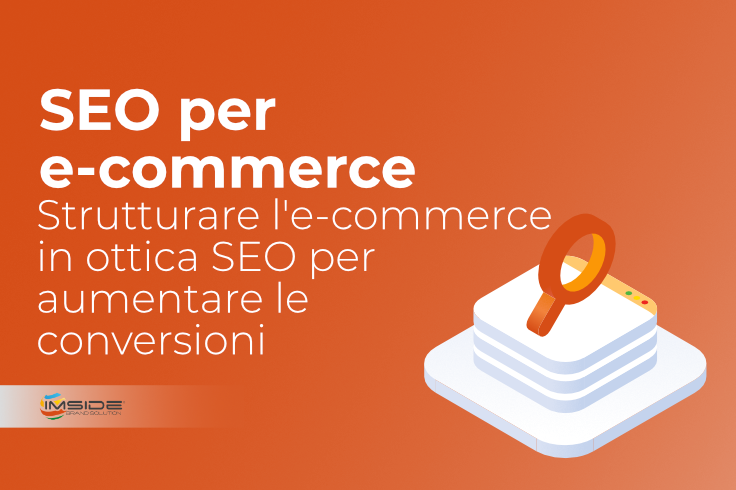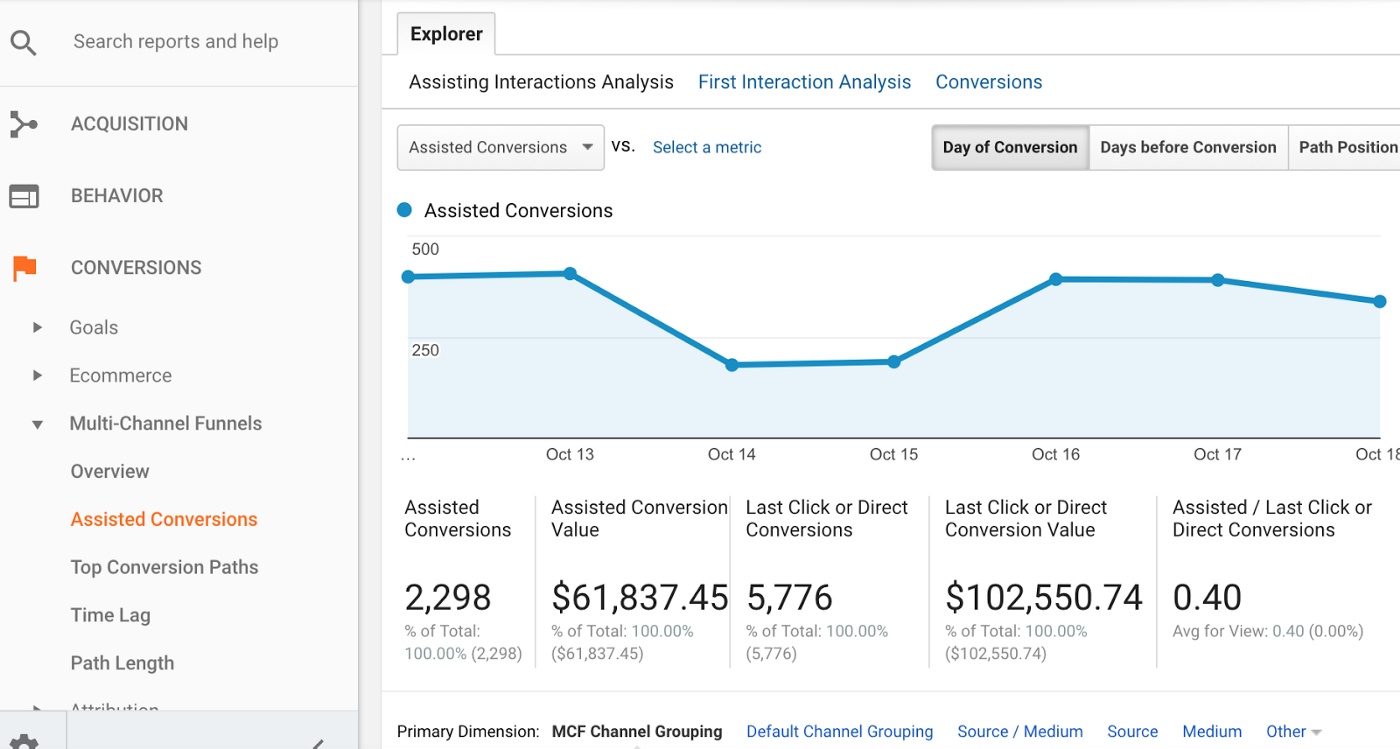
It's becoming increasingly important to make ecommerce a top priority. According to statistics, 75% of all search traffic is directed to the first page on Google results. It's not easy to compete against giant sites. They are well-respected and have high rankings. SEO can help you build authority, find the right keywords, boost traffic, and drive more sales.
Keyword research
Search engine optimization can be used for any type of website, but it is particularly crucial for ecommerce websites, as the revenue generated from online sales is directly correlated to search volume. In addition, people often use search engines to find products and services they need. Therefore, an ecommerce site that ranks amongst top ten searches for a relevant term will attract a constant stream potential customers.
Image optimization
Optimizing images is one of your most important SEO strategies. This will allow your ecommerce store to be successful and remain ahead of the competition. Failure to optimize images can result in lost sales opportunities and reduced traffic. It's worth it. These are some strategies to optimize your images. Read on to discover more about this strategy. Here are some benefits to optimizing images for ecommerce websites.

Usability
A website's usability is a key factor in its search engine ranking. Websites that are difficult to navigate and poorly organized will not attract many visitors and they will be left quickly. Improved navigation on an eCommerce website will increase SEO and user-friendliness. Make it easy to find and navigate your site by using simple navigation and clean URLs. Also, include product reviews to boost ecommerce SEO and usability.
Site architecture
If you want to succeed in the competitive world of online commerce, you need to employ some SEO strategies for ecommerce sites. This article will outline five effective SEO strategies that can boost your online shop's ranking in search engine results. Make sure that your content matches the keywords used by your target audience. Then, you can optimize your conversion rate. These strategies are crucial in making your website searchable in search engines and attracting more clients.
Link building
Link building is an integral part of SEO strategies for ecommerce websites. Link building is the process of acquiring and nurturing potential links. Without using Google, think about whether link A and link B match each other when you search for a URL. A link that transfers link equity to your website is considered "do-follow", which means it can be followed through search engines. Google will consider linking to your ecommerce website as a paid advertisement.

FAQ
How often does SEO need to be done?
You don't necessarily have to carry out SEO campaigns every day if you manage your links correctly. However, if you stop maintaining your links and rely solely on organic traffic, you could lose out on potential business.
Generally speaking, monthly SEO updates are recommended for small businesses. A quarterly update may be necessary for larger companies.
What is a "blog post"?
A blog is an online platform that allows users to share information with one another. Blogs usually contain a mix of written posts and images.
Bloggers may blog about their own experiences and opinions. Some bloggers, however, prefer to write about topics related their business or their careers.
Blog owners can use a simple-to-use program called a blogging platform' to set up their blogs. There are hundreds to choose from when it comes to blogging platforms. However, WordPress, Tumblr, and Blogger are the three most popular ones.
People read blogs because they like what they read, so it's essential to keep your writing interesting. If you write about something specific, ensure you know your topic.
It is important to provide useful information and resources that will help the readers understand the subject. When you write about improving your website, don’t just tell people to look at other businesses’ websites. Instead, give clear instructions on the steps required to create a website that's successful.
It's worth noting, too, that how well your blog is written will determine whether or not people enjoy it. A blog that is not clear and concise will not be read by anyone. Poor grammar and spelling are also a problem.
When you begin blogging, it's easy for things to get out of control. Make sure you stick to a schedule and only publish content once every few days. It shouldn't feel like a chore to maintain a blog.
Should I Hire an Agency or Do it Myself?
Hiring an agency can help you get started. First, you can get everything you need from an agency. A lot of agencies offer training so you are familiar with what to do when hiring them. They can also handle any tasks required to rank your site higher.
What are the various SEO strategies?
Search engine optimization (SEO), search media optimization (SMO), as well as pay-per click advertising (PPC) are all examples of different SEO strategies.
SEO allows you to optimize content for specific keywords by using text formatting and HTML code.
This will ensure that your site ranks higher in search results pages.
Social media optimization (SMO), on the other hand, is optimizing your website to be seen on social networks like Twitter, Facebook and Google+.
These can help you build your online reputation and increase traffic to your site when people search for related topics.
Lastly, PPC ads appear at the top of search results pages, showing relevant products and services.
The most common type of PPC ad is an advertisement on Google paid search. These are very cost-effective, but they can also be expensive.
There are many other types of PPC advertising, including video ads, display ads and sponsored posts.
Statistics
- 64% of marketers actively create SEO campaigns because they help hit multiple key performance indicators (KPIs), including increasing traffic, helping your site rank for relevant keywords, improving your conversion rate, and much more. (semrush.com)
- Sean isn't alone… Blogger James Pearson recently axed hundreds of blog posts from his site… and his organic traffic increased by 30%: (backlinko.com)
- If two people in 10 clicks go to your site as a result, that is a 20% CTR. (semrush.com)
- A 62.60% organic traffic boost to that page: (backlinko.com)
- And 90%+ of these backlinks cite a specific stat from my post: (backlinko.com)
External Links
How To
How do you know when your SEO is working?
There are many ways you can tell if your SEO efforts are successful.
-
Your bounce-rate should be below 30%. That means users must leave your page before they click on anything else. A high bounce ratio means that your audience does not trust your brand, or is not interested in the products you are selling.
-
Visitors will visit different pages on your site. This is a sign that they are engaging with your site.
-
Your conversion rate keeps improving. This is because your audience is becoming more aware of your products or services and wants them to buy them.
-
Your average time on site is increasing - people spend longer viewing your content.
-
Searches are attracting more people - this is a sign that your SEO is doing a great job.
-
You are getting more shares via social media. This indicates that your content can be shared by others, reaching audiences beyond your reach, and is therefore being shared more often.
-
Forums are receiving more comments - this is a sign that people respond positively and favorably to your work.
-
Engage more with your website by getting more likes (tweets), shares, likes, and likes for posts.
-
Your rank in SERPs keeps increasing, a sign your hard work is paying off.
-
You are getting more leads from your website. This is an indication that people have found you website organically, and are now contacting me.
-
You are seeing an increase in sales - this means that people who visited your site looking for your products or services are purchasing them.
-
A blog post that gets more views/comments shows that people find it interesting and useful.
-
You get more subscribers to your email list - this shows that people trust you enough to subscribe to receive updates about your business.
-
The sales are increasing - this means that people are liking your products and are willing to pay more for them.
-
You have more social media followers, which means that your fans are sharing your content and engaging with you brand.
-
This indicates that journalists are discussing your brand online and you're receiving more PR mentions. This boosts your image and raises awareness for your company.
-
You are being recommended more often, which means that other companies recommend your brand.
-
Your website is popular because people keep coming back to it. This indicates that customers are happy and will continue to come back for your services.
-
Your competitors are losing ground. This is because they didn't spend as much on their SEO campaigns, which makes them look bad.
-
The image of your brand is changing. This means that your brand is becoming more popular with a new audience.